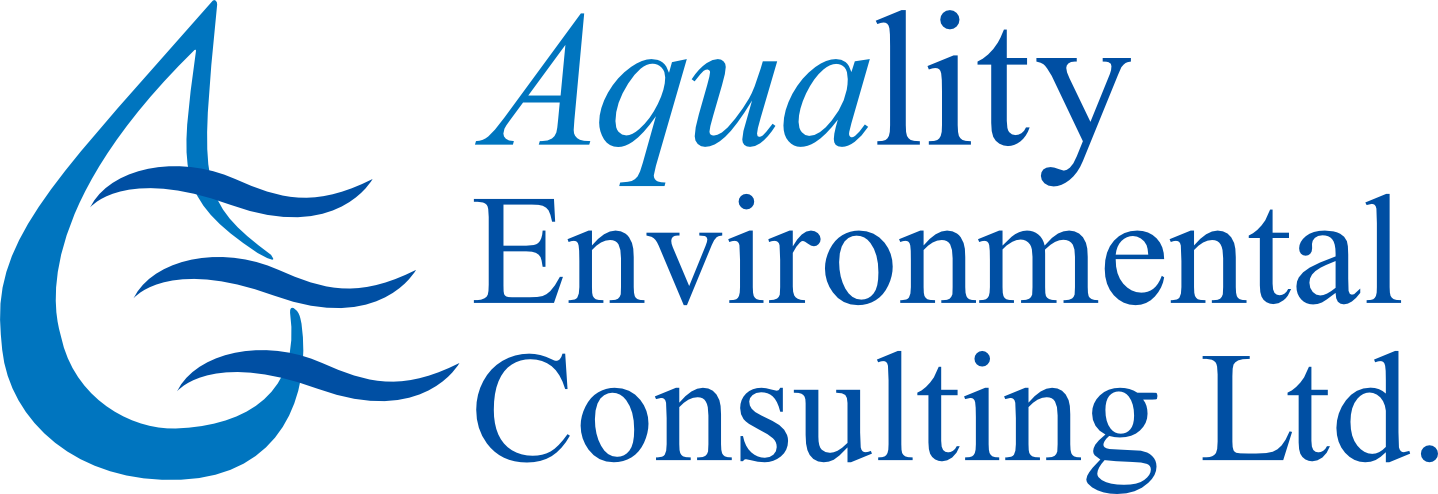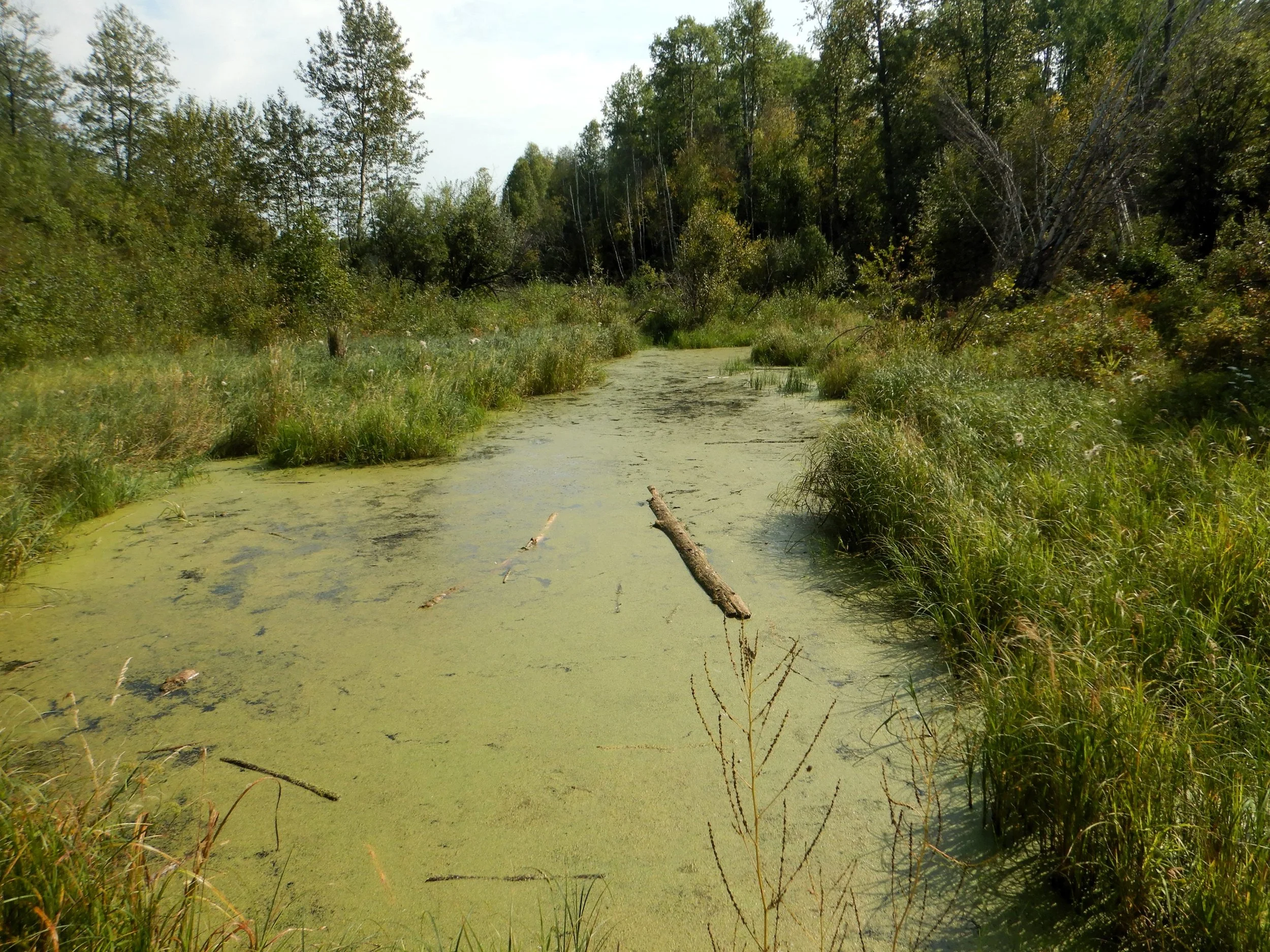Natural Capital
Natural areas within the settled regions of Canada provide numerous goods and services that have economic values, not only for the people within or adjacent to these natural areas but also for the communities farther away. Serving as sources of natural capital, these areas provide such goods and services as clean water supply, water flow stabilization, greenhouse gas mitigation, erosion control, nutrient cycling, genetic resources, biodiversity, pest management, habitat, recreation and cultural pursuits. Yet these natural areas continue to be lost across Canada. Undoubtedly, this occurs in part because the goods and services provided by natural areas are not precisely known, despite the fact that recent studies outside of Canada suggest that the economic value of these natural areas to society far outweighs any gains from converting them for human uses such as urban development or intensive agriculture.
Ducks Unlimited Canada, the Nature Conservancy of Canada, along with Dr. Nancy Olewiler, an internationally recognized environmental economist from Simon Fraser University, have written a paper entitled "The Value of Natural Capital in Settled Areas of Canada".
The excerpt below refers to the inherent natural capital of wetlands:
"Wetland ecosystems help to illustrate the type of goods and services natural capital provides.
Wetlands are essential components of watersheds and are critical for ecosystem maintenance. For example, small headwater wetlands and stream systems are the source of our freshwater. Therefore, changes that degrade these freshwater systems affect the health and productivity of streams, lakes and rivers downstream.
Wetlands are natural filters that improve water quality and help neutralize a number of different contaminants. Wetlands remove nutrients such as phosphorus and nitrogen from water flowing into lakes, streams and rivers, as well as groundwater. Wetlands can reduce nitrate and phosphorus up to 80% and 94%, respectively.
Excessive nutrients in water bodies lead to eutrophication (excessive algae production), which reduces oxygen content in the water to levels that kill fish and other creatures. Eutrophication also makes recreation unpleasant or impossible. High levels of nutrients, such as nitrates, make water unsafe for drinking. Wetland plants, such as duckweed, can remove 116-400 kg/ha/yr of phosphorus and 350-1,700 kg/ha/yr of nitrogen. Other wetland plants have the capacity to remove or degrade toxic compounds, such as heavy metals and pesticides.
Wetlands recharge water supplies. Canada's rivers, lakes and streams originate from a myriad of small wetlands and streams and are critical for influencing the character and quality of downstream waters. As well, wetland depressions are important in both groundwater recharge and water storage in many physiographic settings, including the northern glaciated prairies. Each wetland may have a small storage; however, collectively, storage is significant. For example, wetlands can store almost all of the snowmelt runoff generated in their respective watersheds. Forest wetlands overlying permeable soil may release up to 100,000 gallons/acre/day into groundwater. Conversely, if the wetland is destroyed (drained, converted to another land use), ground water levels can be substantially reduced. For example, if 80% of a Florida cypress swamp were drained, the associated groundwater would be reduced by abouty 45%.
Wetlands help control floods by storing large amounts of water. Four-tenths of a hectare of wetlands can store over 6,000 m3 of floodwater. Research in the Upper Mississippi and Missouri Basins showed that wetland restoration would provide enough floodwater storage to accommodate excess river flows associated with the 1993 flooding in the U.S. Midwest. Conversely, when wetlands are destroyed, the probability of a given rainfall event causing flooding and floodwater damage increases significantly.
Wildlife viewing and photography is one of the fastest growing recreational activities in Canada. Many species make wetlands their homes, notably many bird species, amphibians, fish and mammals. Wetlands also provide for consumptive recreational activities, such as fishing and hunting.
Wetlands provide habitats for many plant and animal species. About 600 species of wildlife, including numerous species at risk, use wetlands in North America during some part of their life cycle.
We use a wealth of products from wetlands, including fish and shellfish, blueberries, cranberries, timber and wild rice, as well as medicines that are derived from wetland soils and plants. Commercial fisheries depend on wetlands for spawning and nurseries and to provide food for growing stocks of fish and shellfish.
The Value of Products from Wetlands:
Coastal wetlands provide life support for oysters valued at between $54 and $6,337 per acre per year in Virginia.
Willingness to pay for fish and wildlife habitat by non-users in Alberta ranges from $267 to $453 per person per year.
Willingness to pay for freshwater fishing in Lake St. Clair averages $97 per person per year.
Willingness to pay for hunting and fishing in Alberta averages $400 per person per year.
Willingness to pay for water quality improvement provided by riparian wetlands in the U.S. Midwest ranges from $70 to $87 per person per year.
The present value (over 50 years at a 6% discount rate) per acre of flood control provided by wetlands in Massachusetts is $96,010, while that of waste assimilation (nutrient filtering) is $75,196, and water supply services is $291,357."
It is clear that wetland economic values are extensive, and the removal or impairment of wetlands can lead to tremendous economic, social and environmental impacts and costs. A similar valuation study was conducted by Eric Kimmel, a graduate student of Dr. Olweiler, in 2006 for the Red Deer Brook wetland in Lac La Biche County, Alberta. Kimmel determined that local residents and recreational users of Lac La Biche are willing to pay an average $114/person/year in additional taxes, which represents the value placed upon the ecological services provided by the Red Deer Brook wetlands to the residents, e.g., flood control, storm protection and groundwater and subsurface water recharge. In addition, more value was placed on the wetland than on any other potential economic development. He determined that the net economic benefit of the wetland is $8,169/acre. Consequently, it would be in the best interest of Lac La Biche County to explore policy options to protect the Red Deer Brook wetland, and likely other wetlands in the county.



